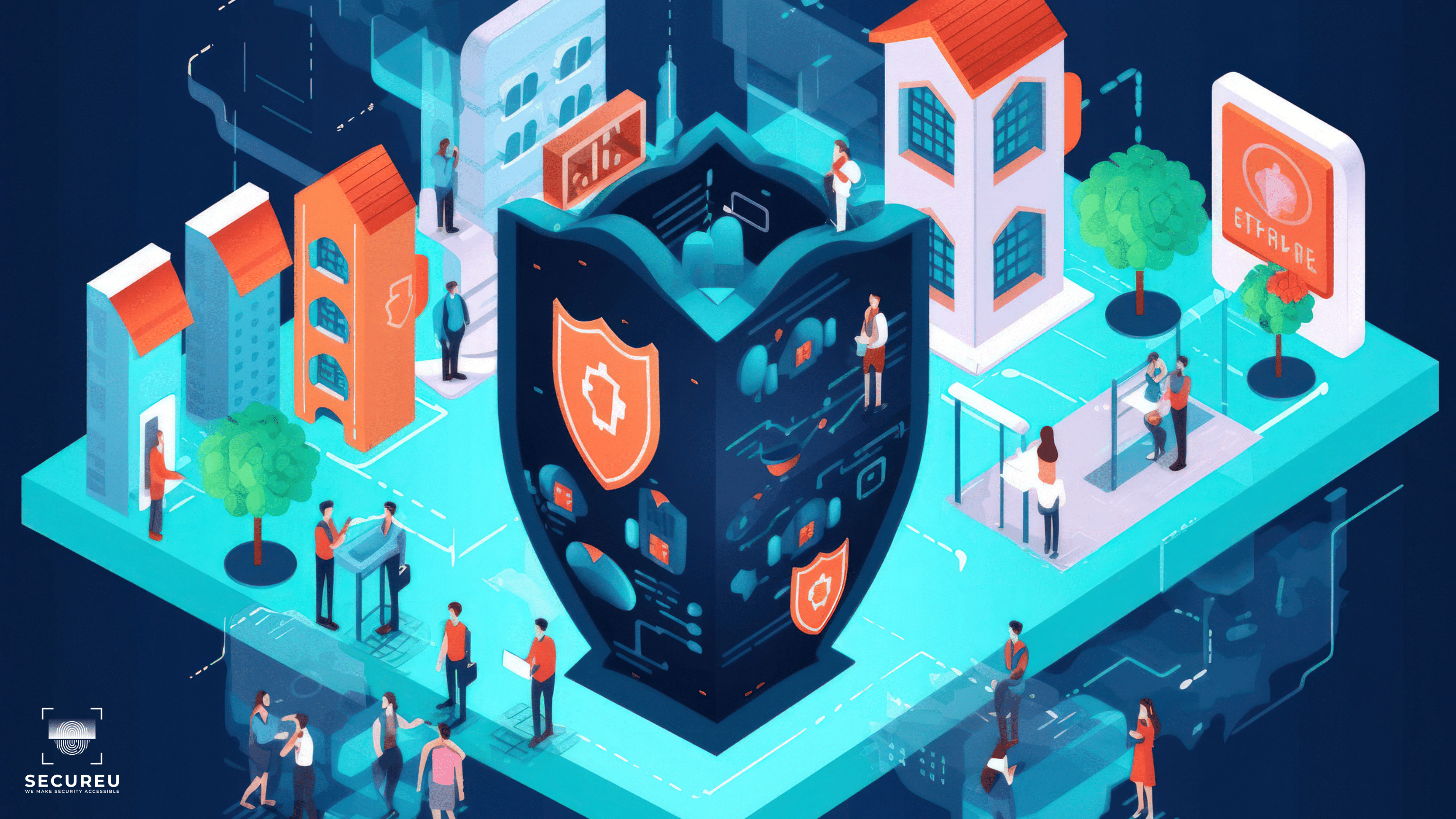Introduction
The rapid evolution of technology has ushered in an era of unprecedented connectivity through the Internet of Things (IoT). While the IoT offers remarkable convenience and efficiency, it also introduces significant cybersecurity challenges. Information Security Companies in Ahmedabad. This article delves into the complex landscape of IoT cybersecurity, highlighting its unique challenges and offering practical insights to ensure a safe and secure IoT era.
Understanding IoT and It’s Vulnerabilities
The Internet of Things encompasses a vast network of interconnected devices that communicate and share data over the internet. From smart home devices to industrial machinery, IoT has transformed how we interact with the world around us. However, this increased connectivity comes with inherent vulnerabilities.
Traditionally, many IoT devices were designed with a primary focus on functionality, often neglecting robust security measures. This leaves these devices susceptible to cyberattacks, where hackers exploit weak points to gain unauthorized access, compromise data, and even manipulate devices remotely.

Challenges in IoT Cybersecurity
- Diverse Ecosystem: The IoT landscape is a diverse ecosystem comprising devices from various manufacturers, running different operating systems and software. This diversity poses a challenge in establishing uniform security protocols that can effectively safeguard every device.
- Limited Resources: Numerous IoT devices operate with limited processing power and memory. This limitation makes it challenging to implement complex security measures without affecting the device’s performance or functionality.
- Firmware Updates: Regular security updates are critical to patch vulnerabilities and address emerging threats. However, the process of updating firmware in IoT devices is often overlooked, leaving devices exposed to known security risks.
- Data Privacy: IoT devices collect a wealth of personal and sensitive data. Ensuring the privacy of this data is vital to prevent breaches that could lead to identity theft or other forms of cybercrime.
- Lack of Standards: Unlike established technologies, IoT security standards are still evolving. This lack of standardized security practices leads to inconsistencies and gaps in the overall security landscape.
- Physical Accessibility: Some IoT devices are physically accessible, making them susceptible to physical tampering and unauthorised access. Attackers who gain physical access to a device can potentially compromise its security.
Safeguarding the IoT Ecosystem
- Device Authentication and Authorization: Implement robust authentication methods, such as two-factor authentication (2FA), to ensure that only authorized users can access IoT devices. This adds an extra layer of security beyond passwords.
- Data Encryption: Employ strong encryption mechanisms to protect data both while it’s in transit and when it’s stored on IoT devices. Encryption prevents unauthorised parties from intercepting or deciphering sensitive information.
- Regular Updates: Manufacturers must provide timely and consistent firmware updates to address security vulnerabilities and protect IoT devices from potential threats. This necessitates ongoing collaboration between manufacturers and users.
- Network Segmentation: Isolating IoT devices on separate networks can limit the potential for lateral movement by attackers. If one device is compromised, network segmentation prevents the easy spread of the attack to other devices.
- Security by Design: Embed security features into the core of IoT device development. By prioritising security during the design phase, manufacturers can create devices that are inherently more resistant to attacks.
- User Education: Raising awareness among users about the risks associated with IoT devices is crucial. Educated users are more likely to adopt security best practices, reducing the chances of inadvertent security breaches.
- IoT Security Solutions: Explore and implement specialized IoT security solutions that monitor devices for emerging threats. These solutions can provide real-time alerts and responses to potential cyberattacks.

Conclusion
The Internet of Things has revolutionized our lives by connecting devices and systems in ways we couldn’t have imagined just a few years ago. However, this rapid transformation comes with a responsibility to prioritize cybersecurity. As we continue to embrace the IoT era, it’s essential to integrate security measures into every aspect of its development and usage.
By following best practices, staying informed about emerging threats, and adopting robust security measures, we can collectively create a safer and more secure IoT ecosystem. It’s crucial to remember that securing the IoT is not solely the responsibility of device manufacturers; it’s a collaborative effort that involves manufacturers, users, and the broader tech community.
In a world where our devices are increasingly interconnected, cybersecurity becomes a cornerstone of technological progress. Let’s work together to safeguard the IoT and ensure that its benefits are realized without compromising our privacy, security, and digital well-being.
Reach out to us today & let’s talk about how we can help you!
Website: https://secureu.in | E-mail: contact-us@secureu.in | Contact us: Instagram, TwitterYoutube & LinkedIn
